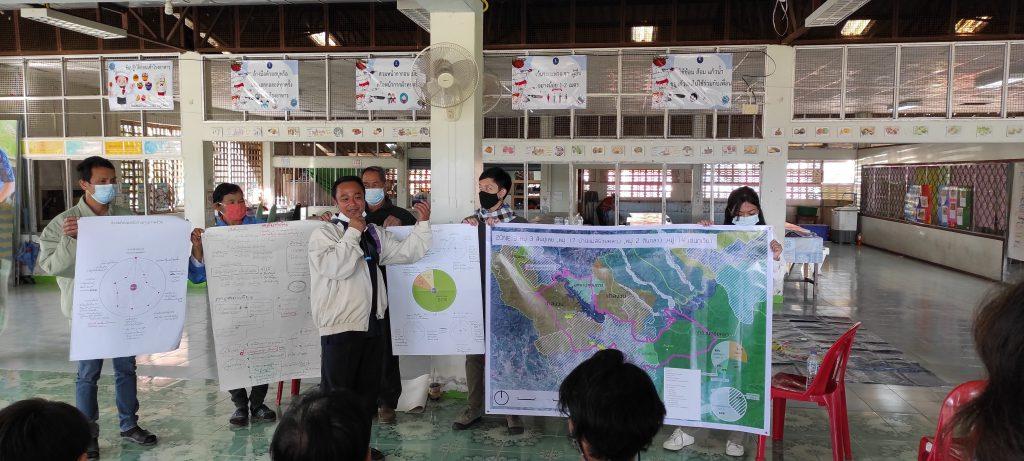
What we do / Housing Programs / Baan Mankong
Baan Mankong Rural
Secure land, housing and sustainable livelihoods for Thailand’s rural landless poor

In 2004, the Thai government launched a new project to identify and register the country’s poor citizens, in both urban and rural areas. The registration process revealed that 4.8 million people were living in poverty in rural areas, without land for cultivation or housing – or both. In response to the growing problem of rural poverty and landlessness, CODI began expanding the Baan Mankong Program in 2016 to address housing problems in rural areas as well as urban communities. In many rural areas, community-led surveys show that a lot of families have lost their land, for various reasons: debt, family crises, land problems, eviction, market forces, disasters or sheer poverty. And without land or housing or means of survival, the poor are compelled to migrate into cities, and that just adds to the problems of overcrowded cities and depopulated rural communities. With this expanded mandate, the Baan Mankong program can now work in similar ways with rural community networks, with local governments and other local stakeholders to help these landless families secure enough land to provide for both their housing needs and their livelihood.

Rural areas offer scope for working within a much greater variety of contexts, for besides villages and small towns, rural places include forests, watersheds and mountains, and the planning for rural Baan Mankong could be ward-wide or district-wide, for example. Because the rural also covers issues of agriculture, food production, climate change and environment, the Rural Baan Mankong projects can promote a broader form of housing security, to include such things as secure livelihood and access to healthy food, and can build on the work that has already been done by rural NGOs and government programs. The program will be flexible enough to cover all these various constituencies and development possibilities.





In this rural version of the Baan Mankong program, the community networks work with their local authorities to survey their area, identify the insecure and landless people, search for land or plan a process to obtain secure land, and then develop comprehensive plans to develop secure livelihoods, with social and economic activities that will allow them to stay – and thrive – in those rural areas. It is similar to the citywide concept in urban Baan Mankong, but here the constituency could be more fluid: it could be the whole ward, the whole district or the whole watershed.

In the urban Baan Mankong program, each family is eligible for a subsidy of up to 80,000 baht ($2,500) to be applied directly to the cost of buying their land, building their houses and developing their physical, social and economic infrastructure (see table below). In the rural Baan Mankong program, each family will get the same amount of subsidy, but the funds can be used in more flexible ways than in the urban Baan Mankong subsidies, according to each particular context. The housing in these rural projects could take a variety of forms, but the focus of the program is on land security, decent housing and some kind of livelihood arrangements, where the people live together as a strong community organization, with other elements adding social and economic value to the housing projects.

Rural Baan Mankong figures, as of May 2019 (32 Baht = US$1)
- Number of pilot projects already underway: 12 projects in various regions
- Number of families will get secure land and housing from these 12 projects: 1,145 families
- Budget approved for the 12 projects: 7 million baht (US$ 1.65 million)
- Additional projects approved and now starting: 48 projects (covering 4,355 poor landless rural families)
LINKS TO DOCUMENTS ON BAAN MANKONG IN RURAL AREAS
